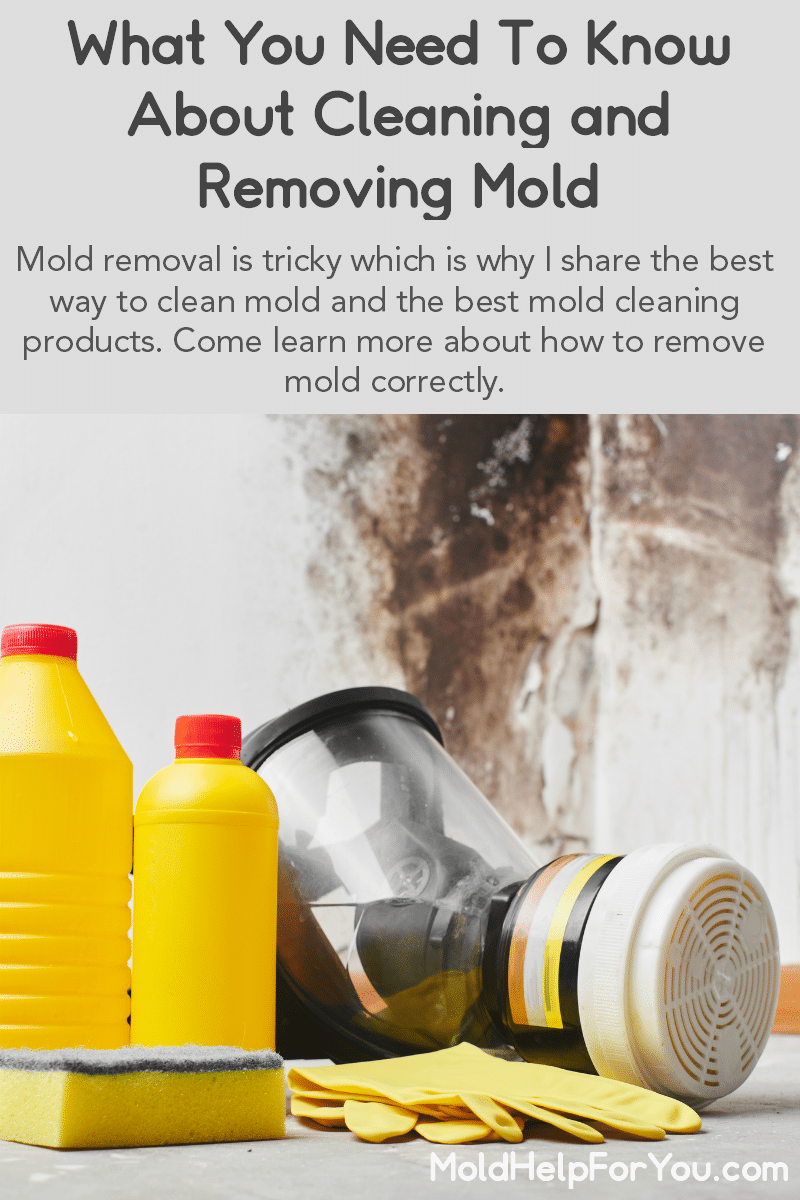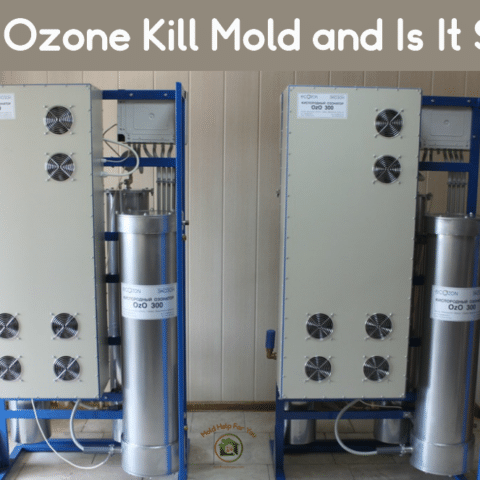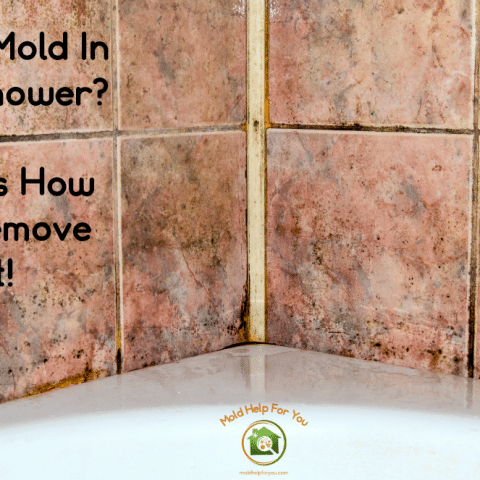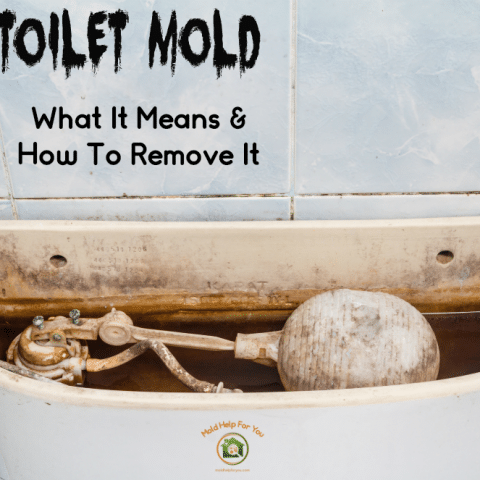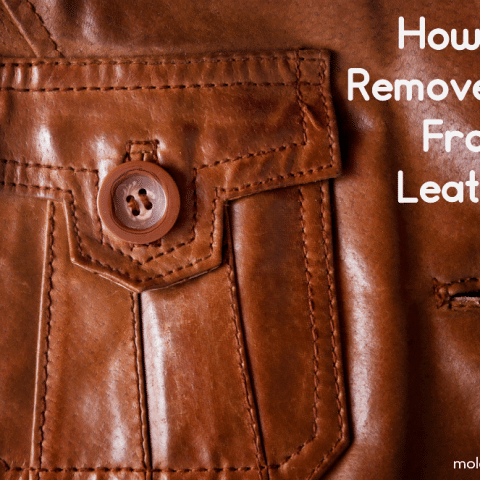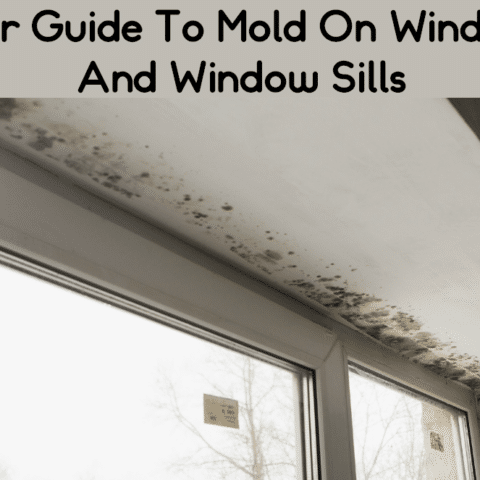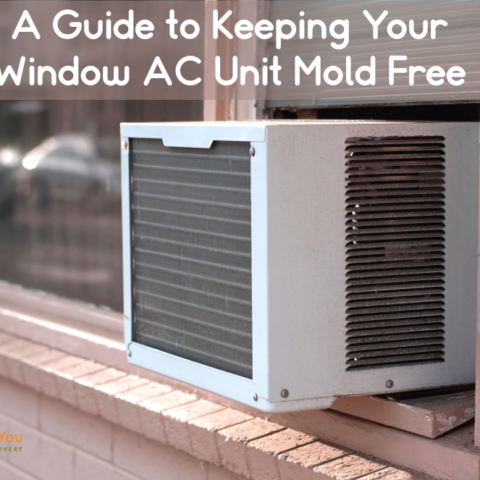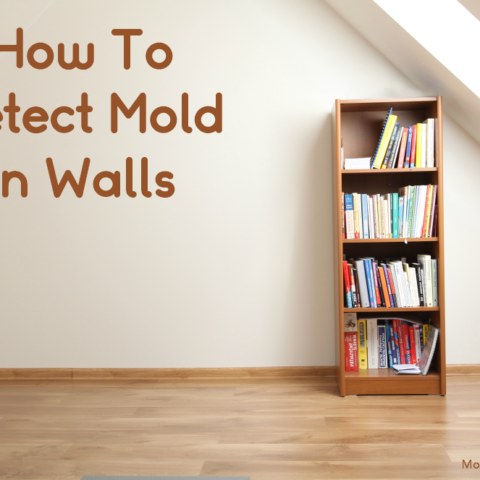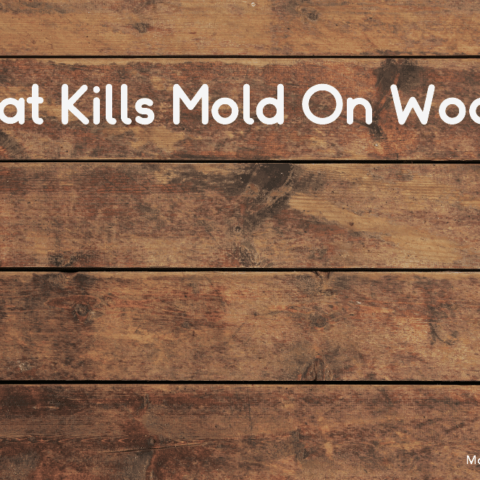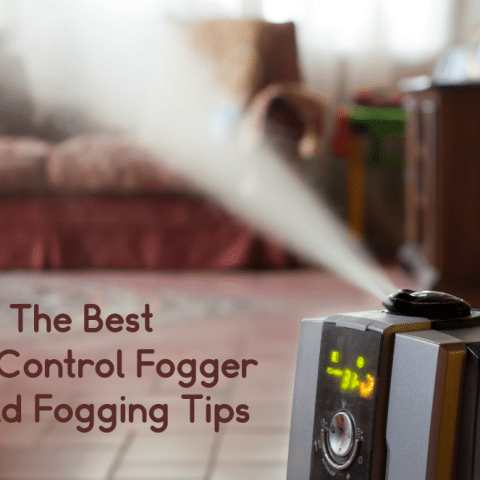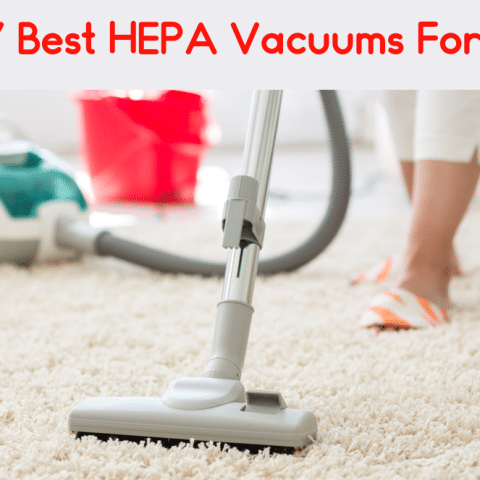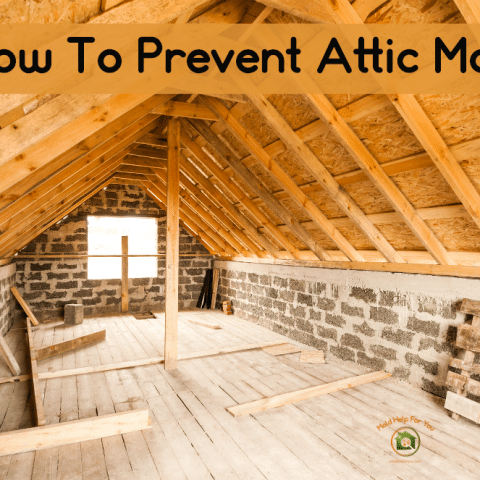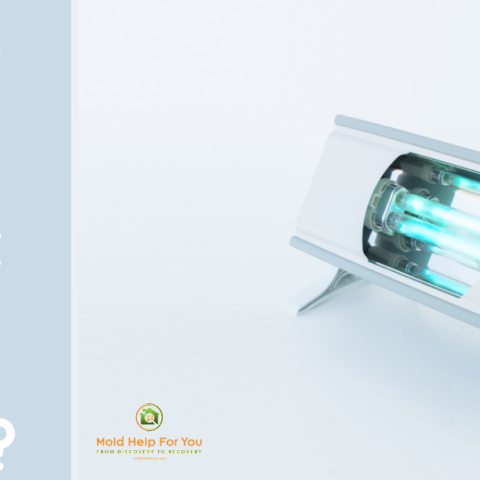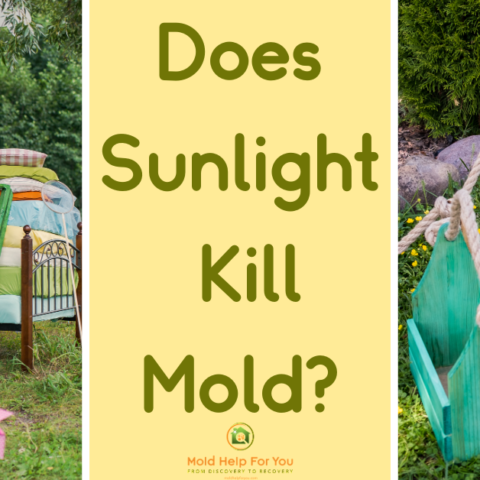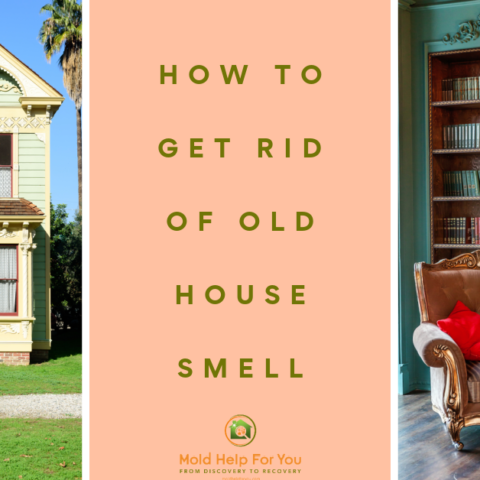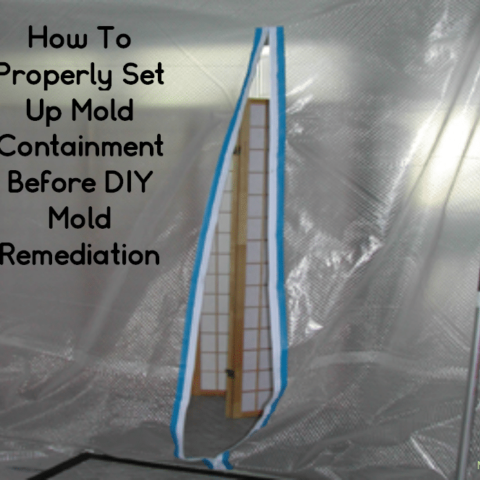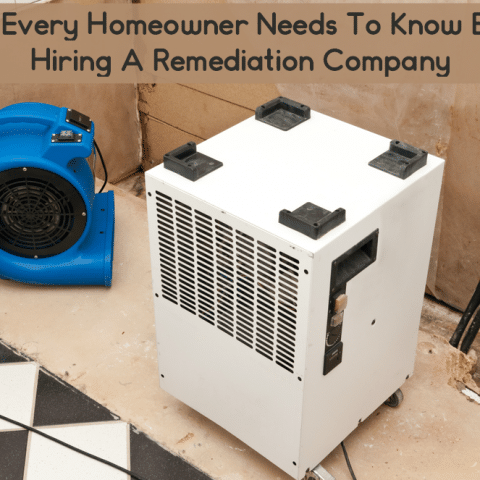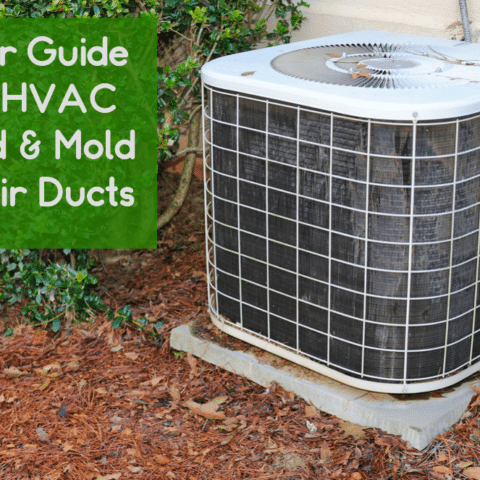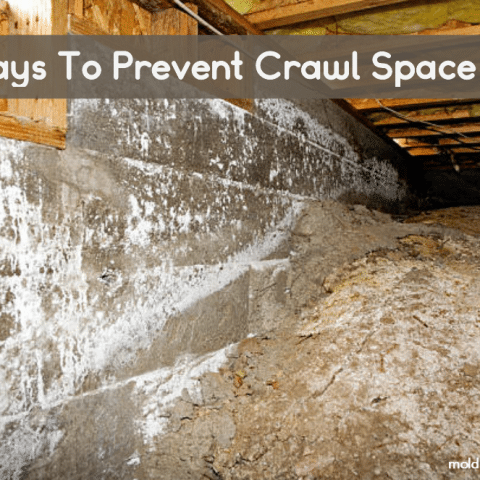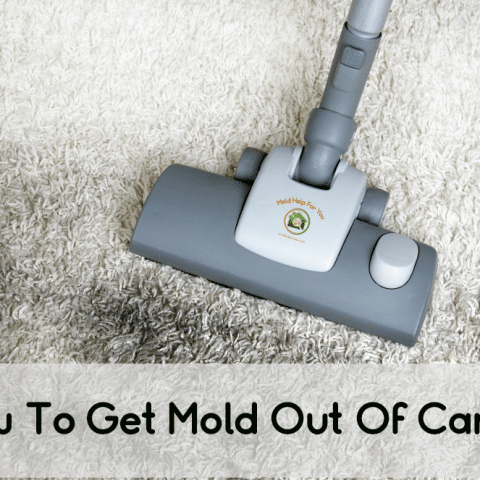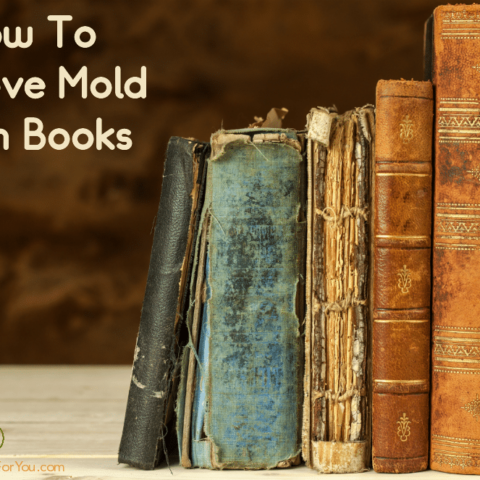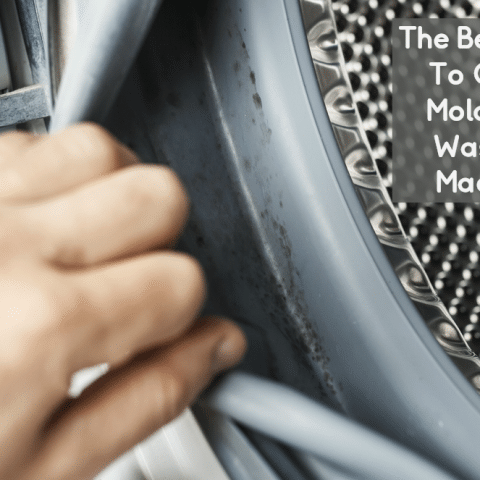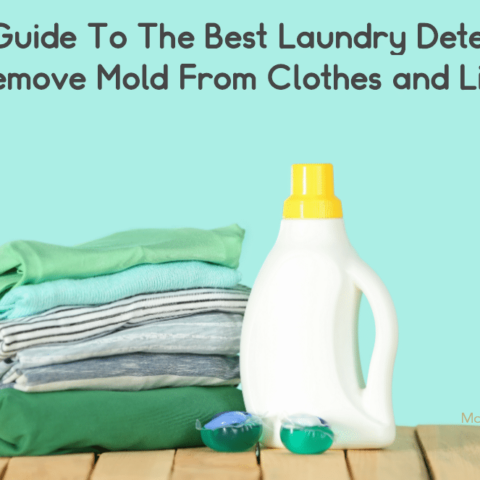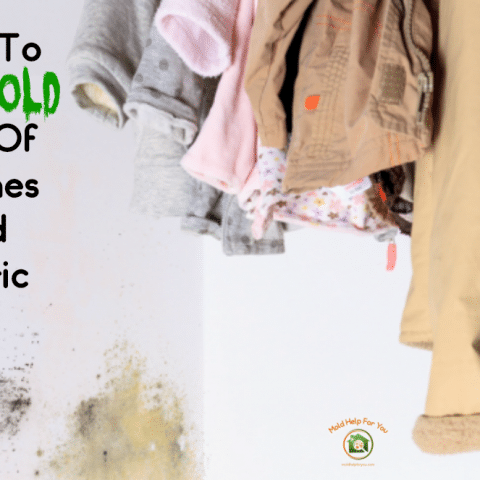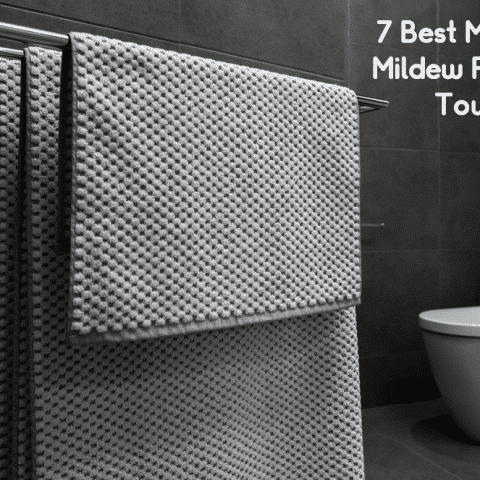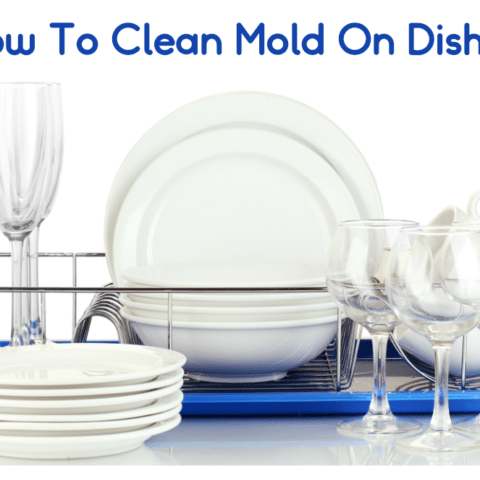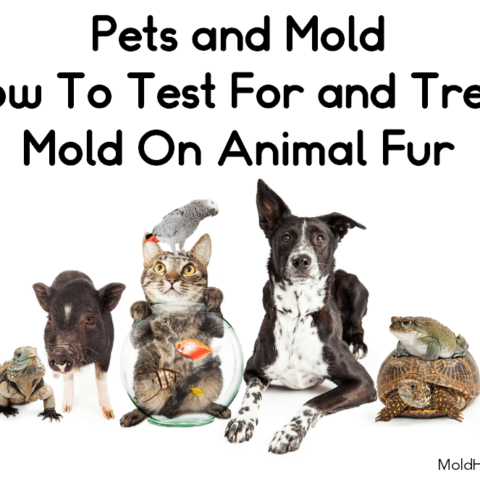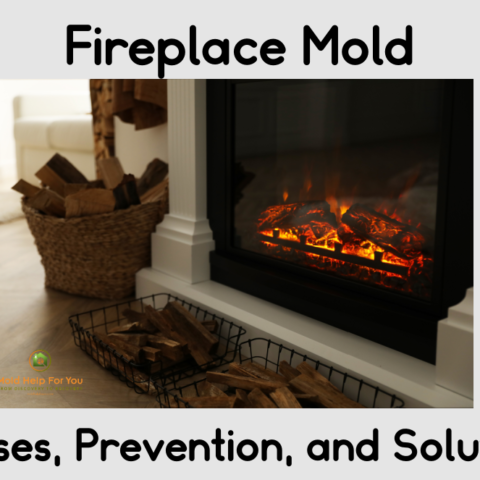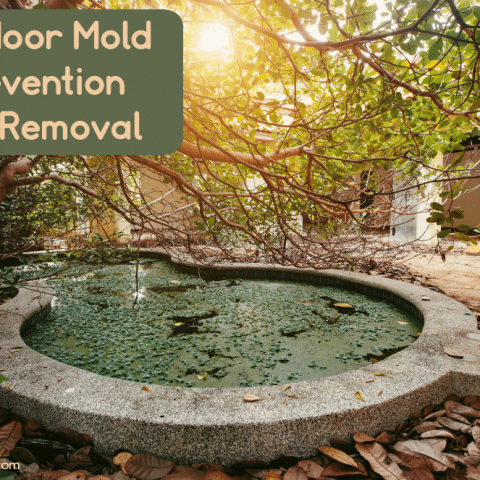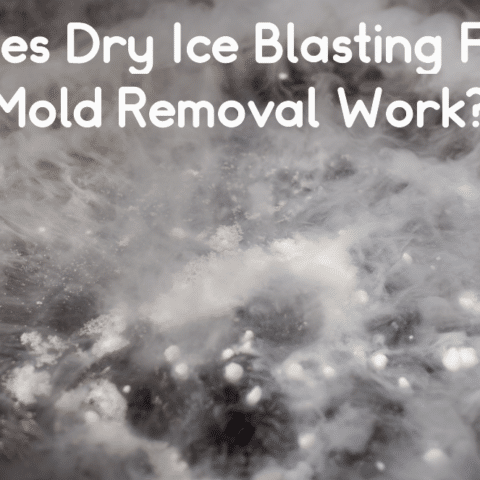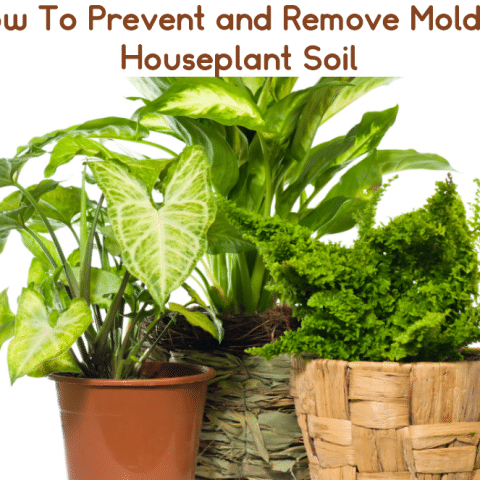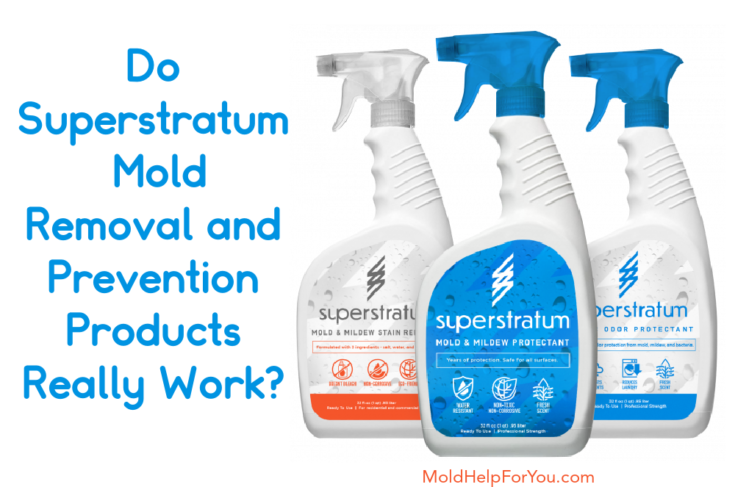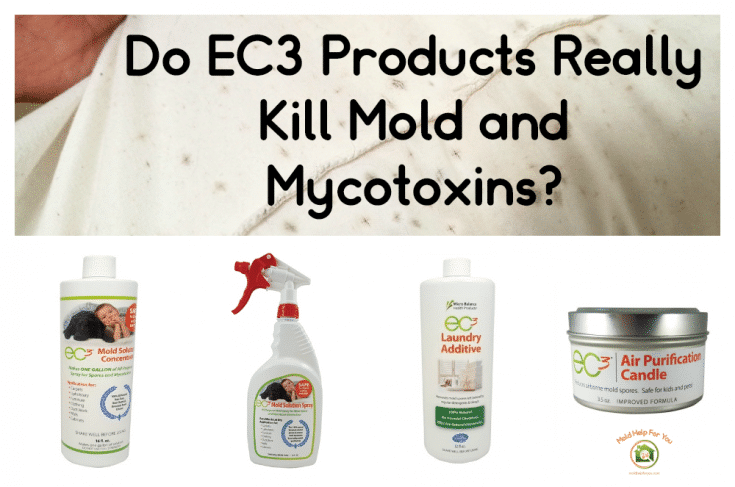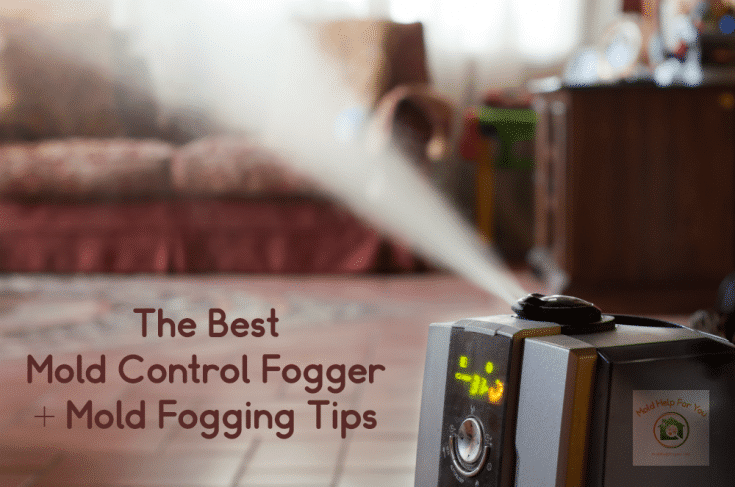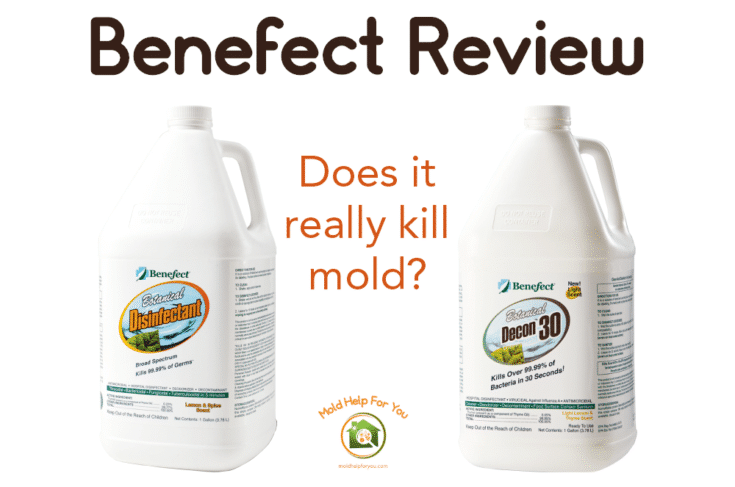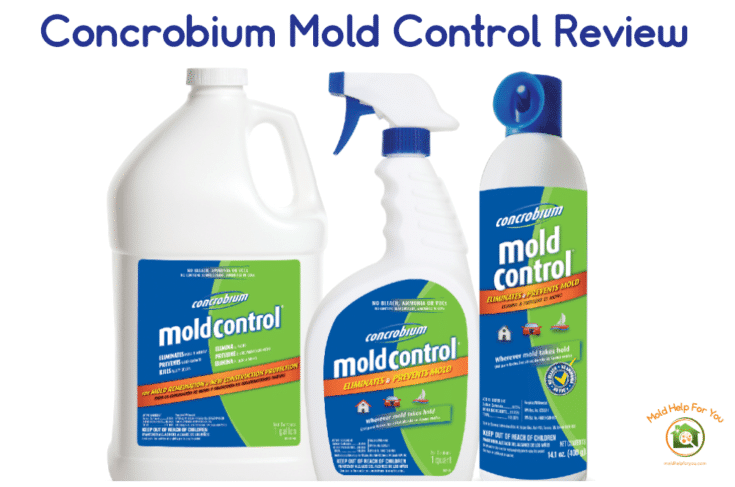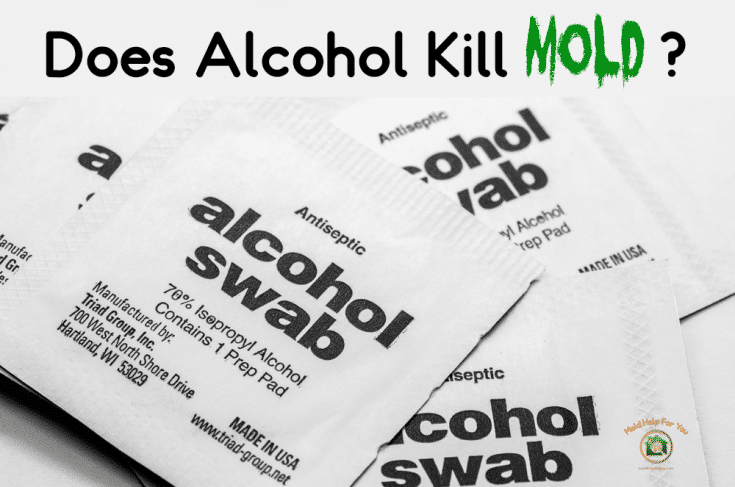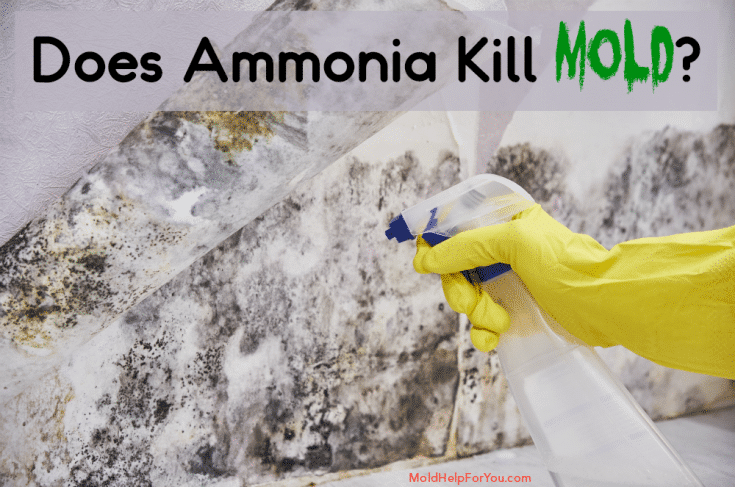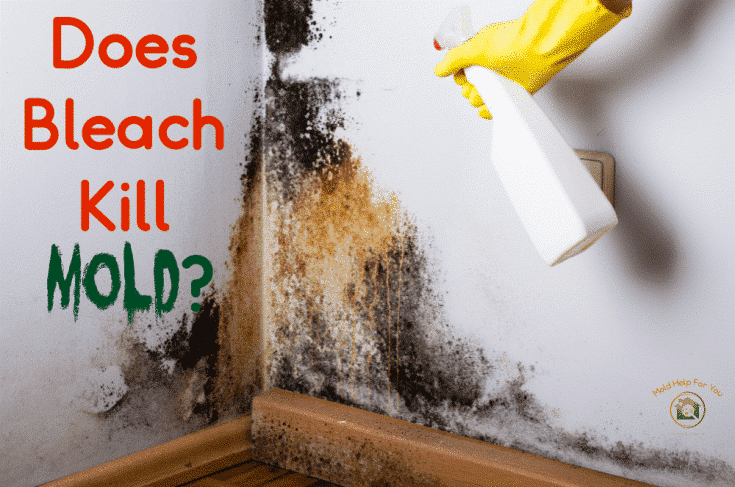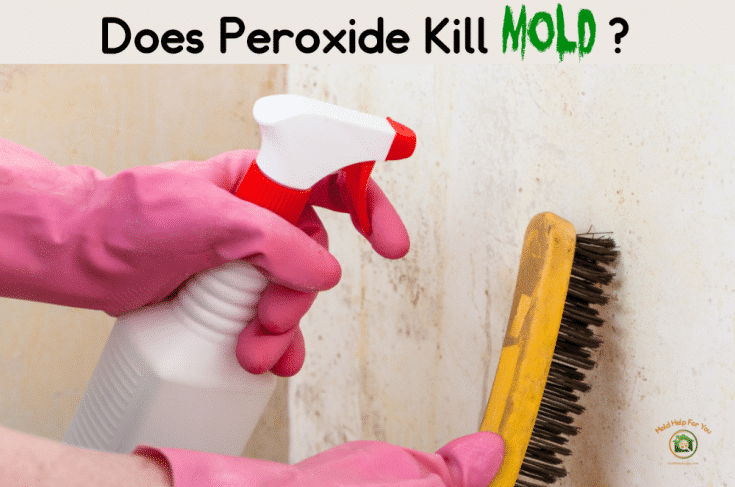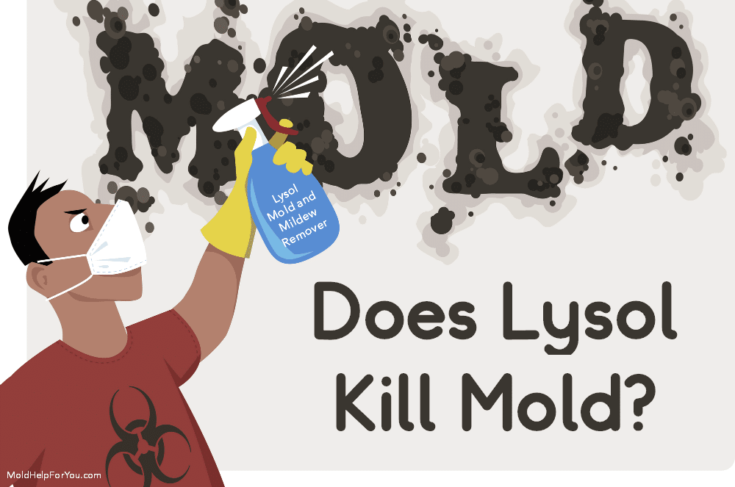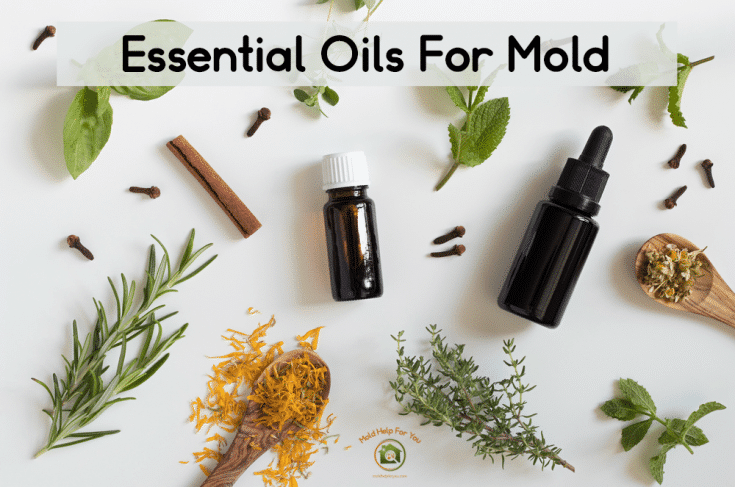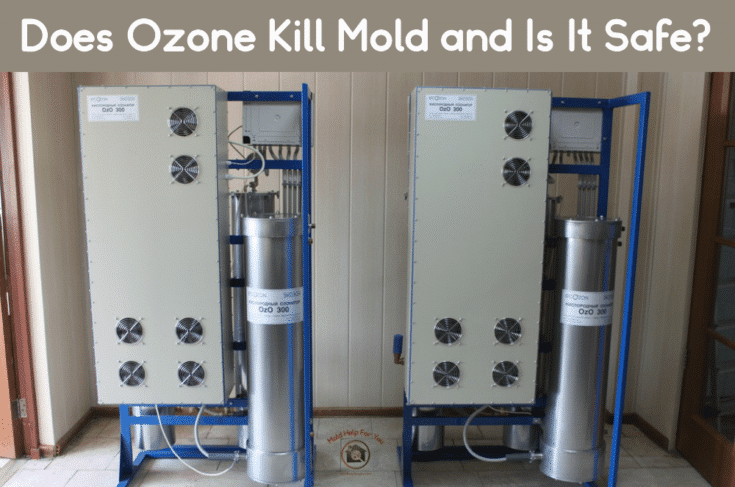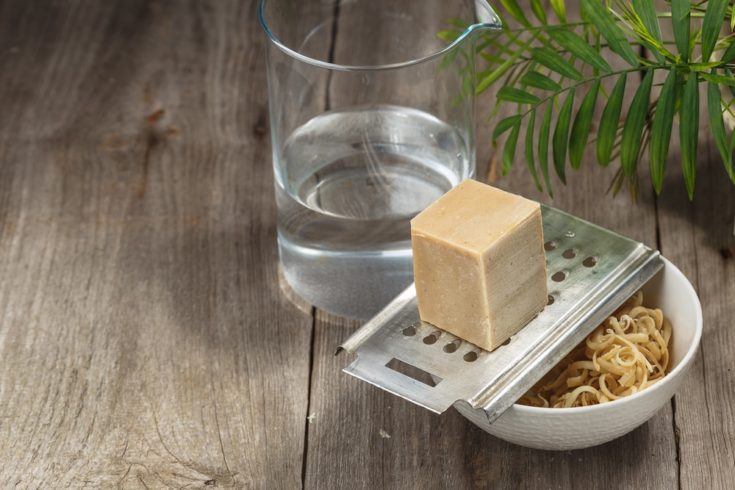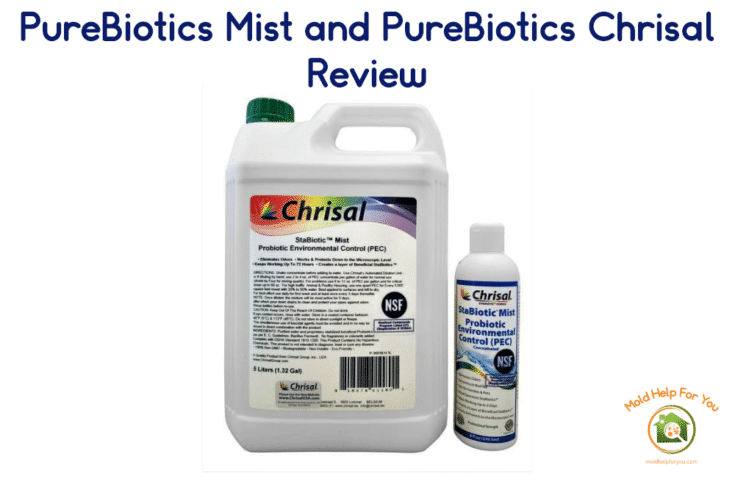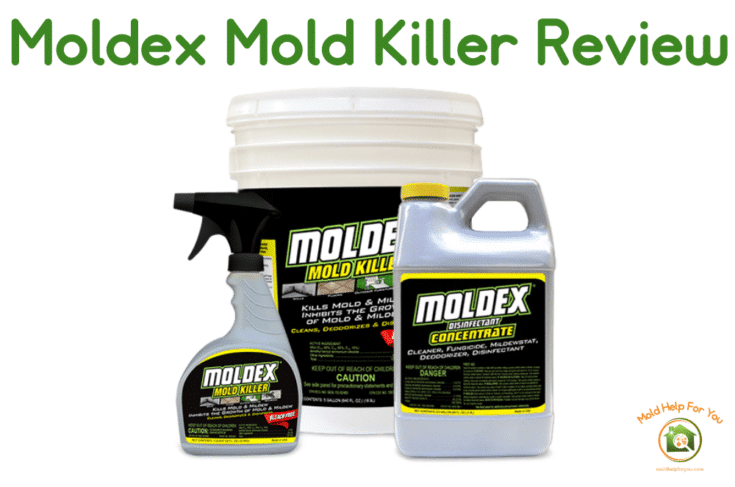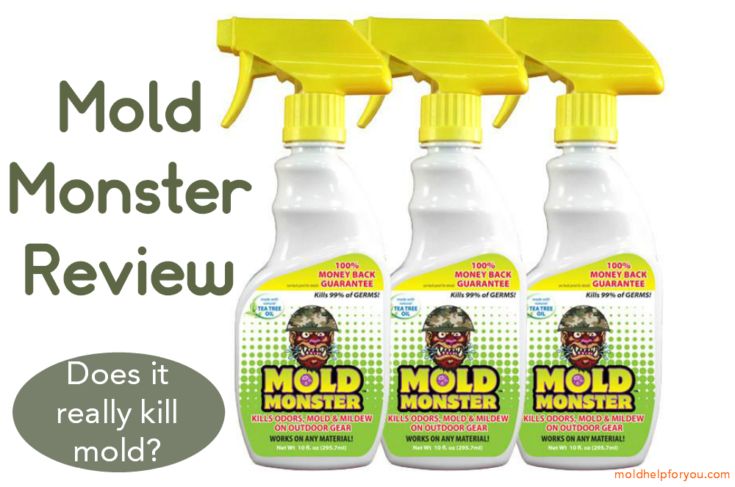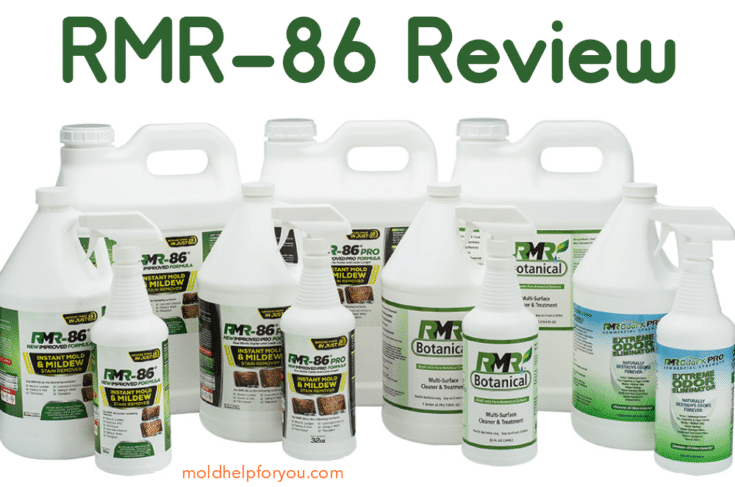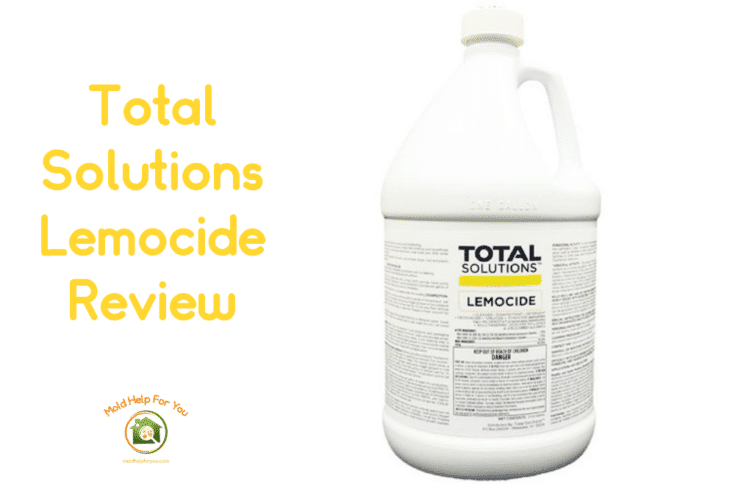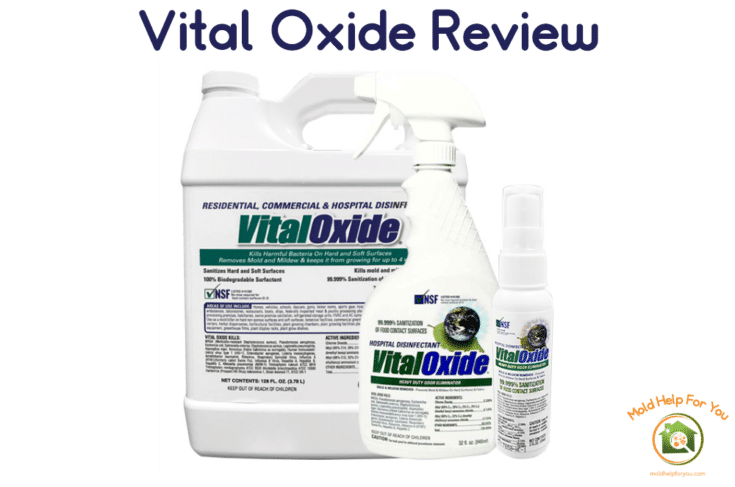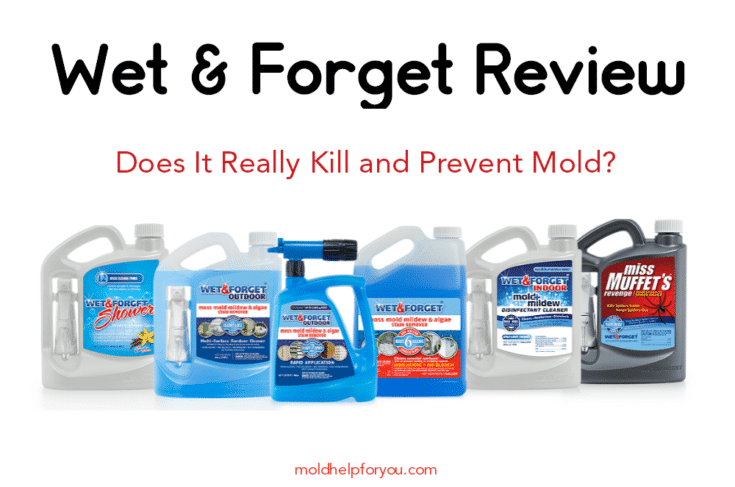The topics of how to get rid of mold, how to kill mold, how to clean mold, and how to remediate mold are controversial and loaded. There is SO MUCH INFORMATION on the internet about the methods you can use to get rid of mold. Sadly, a lot of it is flat out wrong. Some of it is even dangerous.
Its hard to know who and what information to trust which is why over time, this site will be fully loaded with information about how to properly, effectively, and safely remove mold as well as when you should just walk away. We will even discuss that pesky “how to kill black mold” myth.
Although all of my posts about removing mold are at the bottom of this page, one of the most important pieces of advice I can give you right now has to do with using bleach on mold. NEVER use bleach on mold. If a professional tells you to use bleach or wants to use bleach, run. If you are reading information on a website and they mention cleaning mold with bleach… run.
You see, bleach does two things when it comes mold. It bleaches it so you can’t see it. However, the mold is still there. Beyond that, and even scarier, mycotoxins (the evil spawn of mold) go into fight or flight mode when they come in contact with bleach. This means they begin reproducing like wildfire. You DO NOT want mycotoxins reproducing.
Also keep in mind that there are a lot of terms used related to mold removal. Mold abatement, mold mitigation, mold removal, and mold remediation, are interchangeable terms that essentially mean fixing a mold problem in a structure.
Read on for more information about mold removal or click a heading below to jump straight to that section.
Is DIY Mold Removal A Good Idea?
Do you have any health issues? Don’t do it.
Is the mold contaminated area small? If so, then maybe DIY mold removal is a good idea.
Is the mold contaminated area over 100 square feet? Don’t do it.
Do you fully understand HOW to properly contain the moldy area and seal off the rest of your house? No? Don’t do it. Yes? Maybe do it.
In my humble, experienced opinion, DIY mold removal is very rarely a good idea. Unless you really, really know what you are doing and are potentially up against, mold remediation should typically be left to the experts. There are just too many things that can go wrong. The last thing you want to do is unintentionally cause a bigger issue or send mold spores flying into other parts of your home.
I remediated a small area of my home once and what should have been a very cut and dry process turned into quite the mess. While I definitely knew what I was doing, I won’t do it again. There is a reason that there are mold remediation professionals out there.
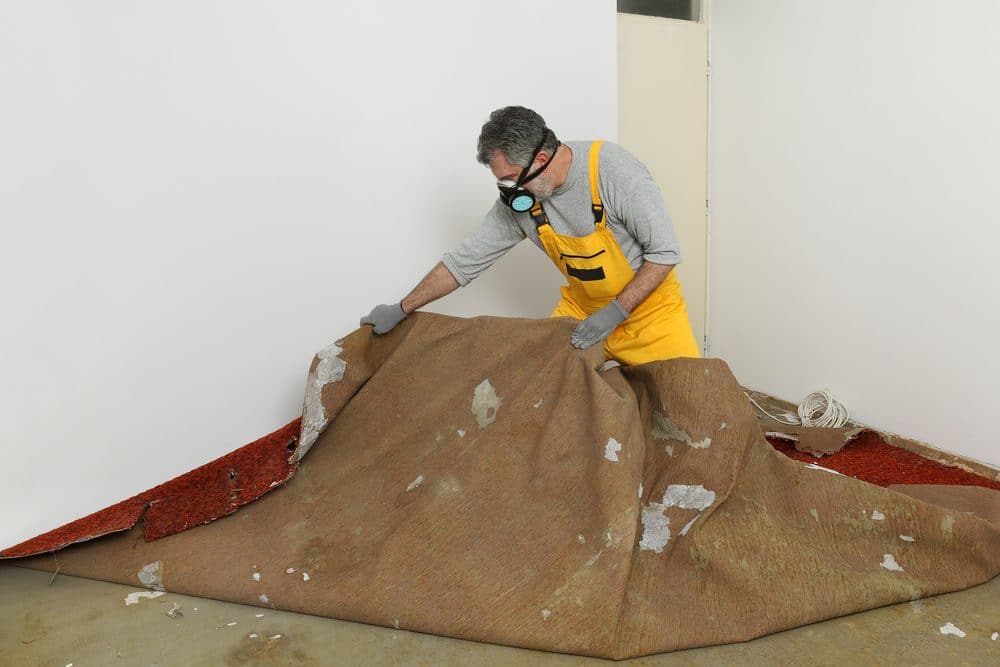
When Should You Hire A Professional Remediation Company To Remove Mold?
If you read the section above, you know that I am a proponent of leaving mold remediation to the professionals. At the very least, get a consultation and see what they have to say. There are a LOT of companies out there so make sure you read reviews and ask them a lot of questions. If you aren’t comfortable with their responses, remediation plan, or pricing, then keep interviewing companies until you find one that is a good fit for your situation and budget. You don’t want to take too long to hire a company however. Time if of the essence with mold.
Every mold damage scenario is different, and requires a unique solution, but the general mold remediation process stays the same. The steps listed below illustrate a “typical” remediation process:
- Inspection and Mold Damage Assessment
- Mold Containment
- Air Filtration
- Removing Mold and Mold-Infested Materials
- Cleaning Contents and Belongings
- Restoration
If a professional mold remediation company does not include any one of these steps, DO NOT HIRE THEM.
You can read my post on what Every Homeowner Needs To Know Before They Hire A Remediation Company here.
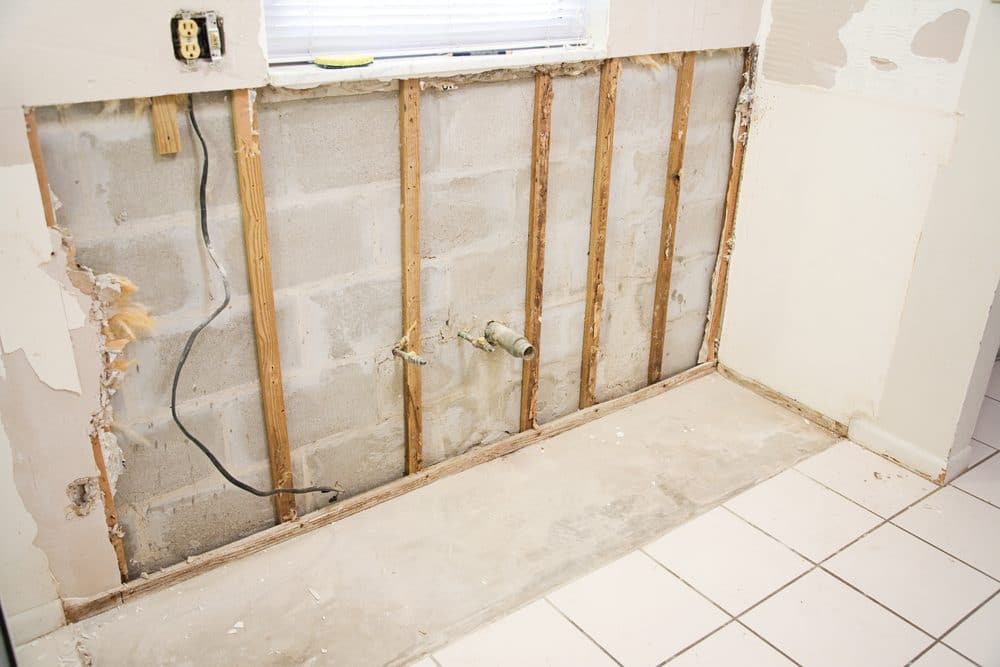
Types Of Mold Cleaning Products
Do an internet search for products that remove mold, mold cleaning products, or any variation of those two and you will get an endless list of products guaranteed to kill mold.
Here’s the deal. You don’t want to clean mold. You don’t want to just kill mold. You want to remove mold and remediate the entire home and everything in it. Typically that means you need to remove whatever the mold is growing on be that a wall, flooring, window frame, etc… There are some instances where there is a little surface mold that can be “cleaned” but most mold events require some sort of removal process followed by remediation.
When you look for a reputable product to kill mold or remove mold, you also want something that deactivates or neutralizes mycotoxins. This is VERY important seeing that mycotoxins are more dangerous than the mold itself.
You don’t need harsh chemicals to remove mold. There are a handful of non-toxic, environmentally safe, kid safe, pet safe products out there. A couple of these also tackle mycotoxins. There are sprays, concentrated solutions for a fogger, candles, foams, and mists. Each one works slightly differently. You can find some of my product recommendations here. You can also check out my comprehensive mold remover product guide.
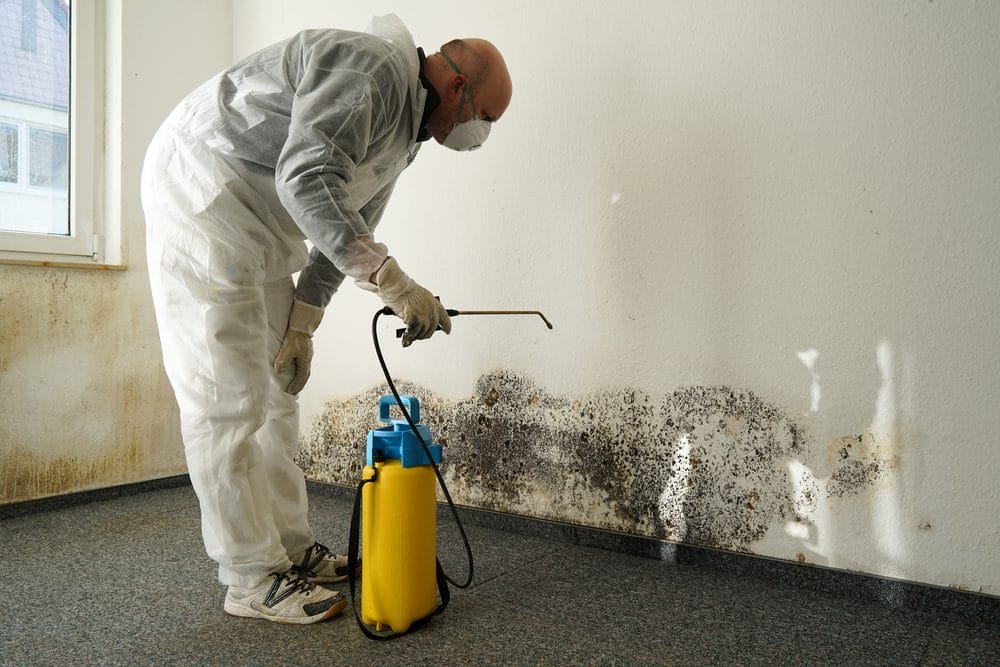
What about things like vinegar, essential oils, ammonia, and good old fashioned sunshine?
Don’t get me started. These all have their place but in my personal experience and rigorous testing, they are NOT capable of performing miracles on mold and they certainly do not touch mycotoxins.
Don’t worry – this is just the tip of the iceberg. Remember, at the end of this page are all my posts related to removing mold including various cleaning product reviews and recommendations.
What Household Items and Furniture Can Be Cleaned and What Should You Throw Away?
Cleaning and saving items exposed to mold is a very touchy subject. The memories associated with various possessions are often more difficult to throw out than the item itself. In addition, financial limitation may make it seem impossible to get rid of many household items.
When you bring any item that has been exposed to mold into a new environment (or a remediated one) there is always the chance of cross contamination no matter how well you cleaned it or what you cleaned it with. It is virtually impossible to get rid of every mold spore and mycotoxin. Having said there, there are a few general rules about what is safer to clean and keep, what should be thrown out, and what items are not advisable to clean and keep but can possibly be saved.
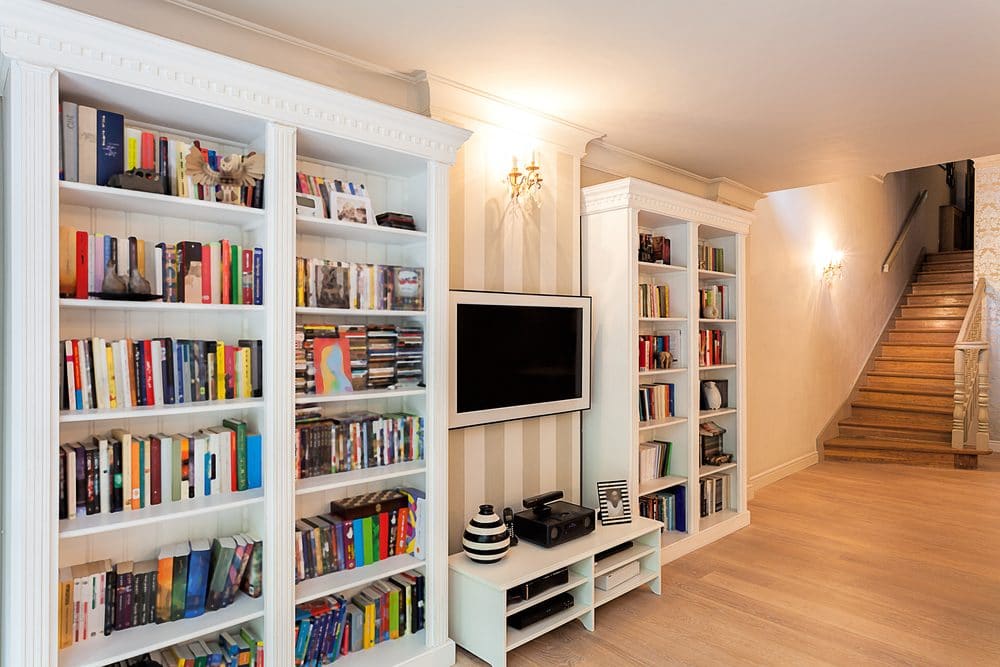
Non-Porous Items
These items are generally safe to properly clean and keep. Non-Porous means that the material does not have the ability to absorb a contaminate such as mold. It doesn’t mean that mold spores can’t get trapped in nooks and crannies though. You have to be very thorough cleaning these items.
What non-porous items can you clean and keep?
- Metal furniture
- Glass Furniture
- Dishes, Serving Bowls/Platter, Decorative Plates that are made of coated ceramic, glass, metal, china, porcelain, or glazed clay
- Glassware
- Silverware
- Metal cooking utensils
- Pots and Pans with the exception of cast iron
- Baking sheets and bakeware
- Silicone cooking utensils and bakeware
- Non-wood cutting boards
- Anything made of glass
- Metal framed glass mirrors
- Any brass or metal instruments
- Eye glasses
- Metal jewelry
- DVDs and CDs without covers or cases
- Essential oil bottles
- Legos
- Scissors
- Bicycles (best kept outdoors though)
Porous Items That *Might” Be Safe
Porous items in general are able to absorb contaminates around them. Mold spores and mycotoxins can either take up permanent residence in these items OR use them as food. While this list of porous items has the potential to be properly cleaned and kept, there is a risk involved especially if anyone is experiencing health issues.
What porous items can you clean and maybe keep?
- Oven/Stove
- Cell Phones
- Landline Phones
- Clothing
- Towels
- Bed linens
- Kitchen appliances without a motor
- Irons
- Weights and barbells
- Exercise equipment without a motor
- Curling irons / flat irons
- Leather furniture
- Leather clothing
- Leather purses, briefcases, and belts
- Office chairs
- Hard suitcases
Hazardous Porous Items
Unfortunately, there are a lot of items that are too hazardous and cannot be cleaned under any circumstance. They should not be given away or sold either. These items must be disposed of safely.
What porous items are too risky to attempt to clean and keep and should be thrown away?
- Anything made of wood or particle board
- Anything made of rubber
- Anything made of cork
- Anything made of foam
- Anything made of cork
- Anything made of hemp
- Anything made of wool
- Anything made of fur
- Anything made of cardboard or paper
- Anything made of cloth that cannot be put in a washing machine on high heat
- Lamps
- Washers and dryers
- Televisions
- Video Game Consoles
- DVD Players
- Radios
- Other electronics
- Kitchen appliances with a motor
- Wooden cutting boards
- Ironing boards
- Books and magazines
- Hair Dryers
- Electric shavers or hair clippers
- Pens, pencils, and other small office supplies
- Cloth suitcases
- Pianos
- Wooden instruments
- Stringed instruments
- Area rugs
- Mattresses
- Couches (non-leather)
- Pillows
- Pet beds
- Antiques
- Stuffed animals
- Baskets
- Wall art / paintings
- Candles
- Silk plants
- Pictures (photos)
- Sewing and craft supplies including yarn
- Sewing machine
- Vacuums
- Dehumidifiers
- Space Heaters
- Window AC units
Mold Removal Articles
These articles address mold removal on household items and in various rooms of the house along with more extensive remediation. Air purifiers, HEPA vacuums and similar items are included. Mold remover articles are included after this section.
Let's Remove Some Mold!
Are you looking for information how how to remove mold from a specific room or item in your home? Maybe you need help with outdoor mold. Possibly you are searching for the best HEPA vacuum or Air purifier to remove mold spores. You have come to the right place! If you are looking for mold removal sprays, click here.
Does Ozone Kill Mold and Is It Safe?
Does ozone kill mold? Does ozone kill mycotoxins? How does an ozone generator work and are ozone machines safe? Check out this guide to ozone and mold.
Black Mold In The Shower? Here’s How To Remove It!
This guide has everything you need to know about black mold in the shower including how to clean shower mold and how to prevent shower mold.
Toilet Mold – What It Is, How To Remove It, and How To Prevent It
Why is mold growing in my toilet, is toilet mold dangerous, & how do I get rid of black mold in my toilet? Grab this complete guide to toilet mold.
How To Remove Mold From Leather The Easy Way
Can you remove mold from leather? Why does mold grow on leather? Learn everything you need to know about mold on leather + how to prevent mold on leather jackets, purses, boots, & shoes.
Your Guide To Mold On Windows And Window Sills
Where do I mist frequently find mold during an inspection? You guessed it! Around windows and on window sills. Check out this guide to help remove and prevent window mold.
A Guide to Keeping Your Window AC Unit Mold Free
Did you know that Window AC units are a top cause of "hidden mold?" If you use an window AC, this article is a must read.
How To Get Rid Of Mold In Walls
Most hidden mold is found behind walls. It can be very tricky to find it. Learn everything you need to know about how to find and test for mold in walls.
What Kills Mold On Wood?
What kills mold on wood? Whether it is wood furniture, wooden decor, wood stubs, or wood flooring, this guide to mold on wood and how to remove it leaves no stone unturned.
The Best Mold Control Fogger + Mold Fogging Tips
Can you fumigate for mold? Is there a fogger for mold? Learn about the 4 best mold control foggers + mold fogging tips like how to use a mold control fogger.
The 7 Best HEPA Vacuums For Mold
Does a HEPA filter remove mold spores? Can you vacuum mold spores? Learn more about the 6 best HEPA vacuums for mold for every budget.
How To Prevent Attic Mold + Attic Mold Tips
What causes attic mold and does attic mold spread into the house? Learn how
to prevent attic mold and remove attic mold in this comprehensive guide. Mold in the attic can cause a huge amount of damage so don’t wait!
7 Best Air Purifiers For Mold
A guide to the 7 best air purifiers for mold. Learn if air purifiers really remove mold, which air purifier is best for mold, & how to clean an air purifier.
Does UV Light Kill Mold?
There is a lot of misinformation about the role UV light plays in killing mold. Before you waste your hard on money on a product that might not work, be sure to read this article!
Does Sunlight Kill Mold?
If I had a dollar for every time I heard someone say "just put it in the sun" in regards to removing mold, I would be rich! I hate to burst your ray of light but sun is not always the answer. Learn how to use sunlight to your advantage as well as it's limitation in the mold game.
How To Get Rid Of Old House Smell
The classic old house smell. You know it the instant you smell it. But is old house smell normal? And why do older homes have that distinct funk? It's not always mold believe it or not. Come learn more about why older homes often times have that classic smell.
How To Properly Set Up Mold Containment Before DIY Mold Remediation
Mold containment is one of the most important steps in the mold remediation process. Learn how to properly set up mold containment before DIY mold remediation.
Mold Remediation - What Every Homeowner Needs To Know Before Hiring A Remediation Company
Mold remediation is a complex subject. This guide will help you know what to look for in a remediation company, the remediation process, average cost, & more.
Your Guide To HVAC Mold & Mold In Air Ducts
Do you have mold in your HVAC or air ducts? Mold in window AC? Learn what to do about AC mold including how to prevent it, what causes it, & how to remove it.
10 Ways To Prevent Crawl Space Mold + Crawlspace Mold Removal
Do you have mold in your crawl space? Crawl space mold is a huge issue and my tips and tricks to prevent it are a must read! Also learn how to get rid of mold in crawl spaces like a pro.
How To Get Mold Out Of Carpet
Carpet mold? If you need to know how to get mold out of carpet then read this. I look at how to clean mold from carpet and what kills mold and mildew in carpet.
How To Remove Mold From Books
Can you save that beloved book collection after mold invades your home? What about "old musty books?" Can they be salvaged? All this and more in this guide on how to remove mold from books.
The Best Way To Clean Mold In A Washing Machine
Why does my washing machine have mold & is it dangerous? Learn the best way to clean mold in a washing machine & how to prevent mold in front load washing machines.
Your Guide To The Best Laundry Detergent To Remove Mold
Not all laundry detergent can remove mold. There are a few important ingredients that a good mold removing detergent must have. Check out my top picks for the best laundry detergent to remove mold.
How To Get Mold Out Of Clothes and Fabrics
Wondering how to get the mildew smell out of clothes or how to remove mold from fabric? Come learn how to get mold out of clothes and fabric plus tons more!
The 7 Best Mold and Mildew Resistant Towels + How To Remove The Mildew Smell
Looking for mold and mildew resistant bath towels? Need to remove the mildew smell from towels and other linens? Check my method out here!
How Do You Get Rid Of Mold In A Car?
Do you have mold in your car? You want to remove it ASAP. If you have been wondering how do you get rid of mold in a car you have come to the right place!
Top 7 Car Air Purifiers And Why You Want To Use One
Your house isn't the only place you should use an air purifier! Check out the top 7 car air purifiers and why you want to use one.
How To Clean Mold On Dishes
Can you wash mold off dishes? How do you clean moldy dishes without bleach? Can you clean moldy dishes at all? This and more in my guide to moldy dishes.
Pets and Mold – How To Test For and Treat Mold On Animal Fur
Pet hair is a huge source of mold cross contamination and one people don't think much about. Learn how to test for a treat mold on animal fur.
Mold in Fireplaces: Causes, Prevention, and Solutions
If you have and use a fireplace you may think that mold can't possibly grow in those conditions. However, it is a more common place for mold growth than you would think. Learn more about fireplace mold and how you can prevent it.
Outdoor Mold Prevention and Removal
Outdoor mold remover. Outdoor mold killer. How do you remove mold from outdoor furniture, carpet, and more? Come learn more about outdoor mold prevention and removal.
Does Soda Blasting Or Dry Ice Blasting For Mold Removal Work?
Ever heard of dry ice blasting for mold removal? Dry ice blasting mold remediation is becoming a more common practice. But does it work? Let’s find out!
Biofilm and Mold
Biofilm - it's everywhere. But what's mold got to do with it? Biofilm and mold go hand in hand. Come learn how to remove biofilm and prevent mold growth.
How To Prevent and Remove Mold In Houseplant Soil
Are you battling mold in potting soil? Need to know how to get rid of mold in plant soil? Grab these tips and tricks to prevent & remove mold in houseplant soil
Mold Removal Products and Sprays
This EASY DIY liquid laundry detergent to remove mold will change the way your do laundry forever. You will feel great, your clothes will be mold free, and your pocketbook will thank you!
Pin This Page For Later
